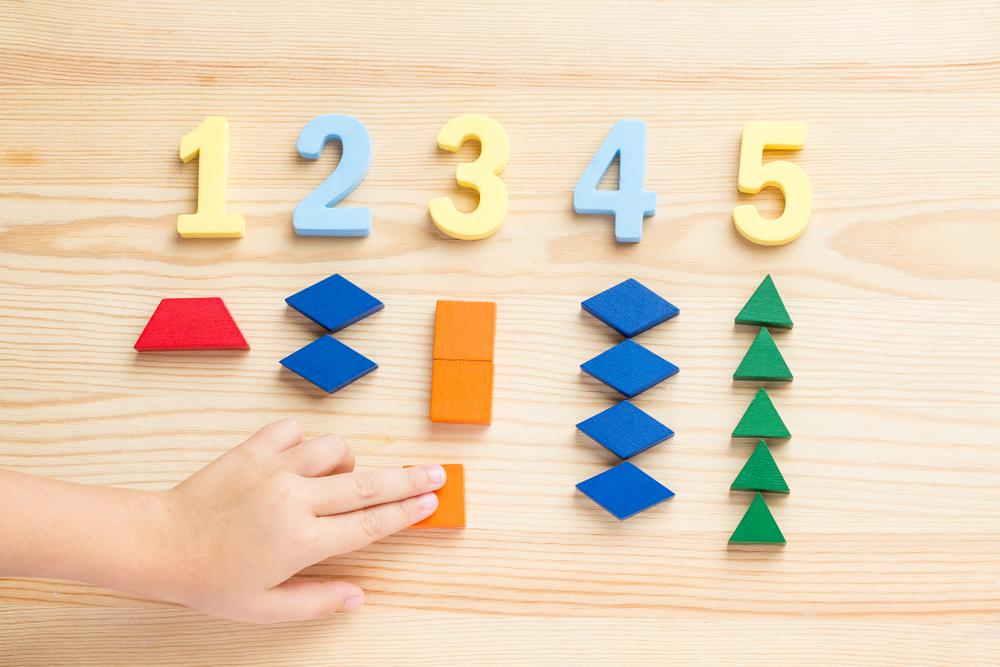Normal Word Problems Worksheets for Ages 3-4
39 filtered results
-
From - To
Introducing our Learning Interactive Worksheets, specially designed for children aged 3-4 years! Dive into the world of Normal Word Problems that captivate young minds and foster early mathematical skills. These worksheets not only make learning fun but also enhance problem-solving abilities through engaging, age-appropriate challenges. Perfect for both classroom and home use, our worksheets encourage children to explore concepts at their own pace in a supportive, interactive environment. Equip your little ones with the tools they need for academic success early on. Start their educational journey with confidence and curiosity with our Learning Interactive Worksheets for Normal Word Problems!
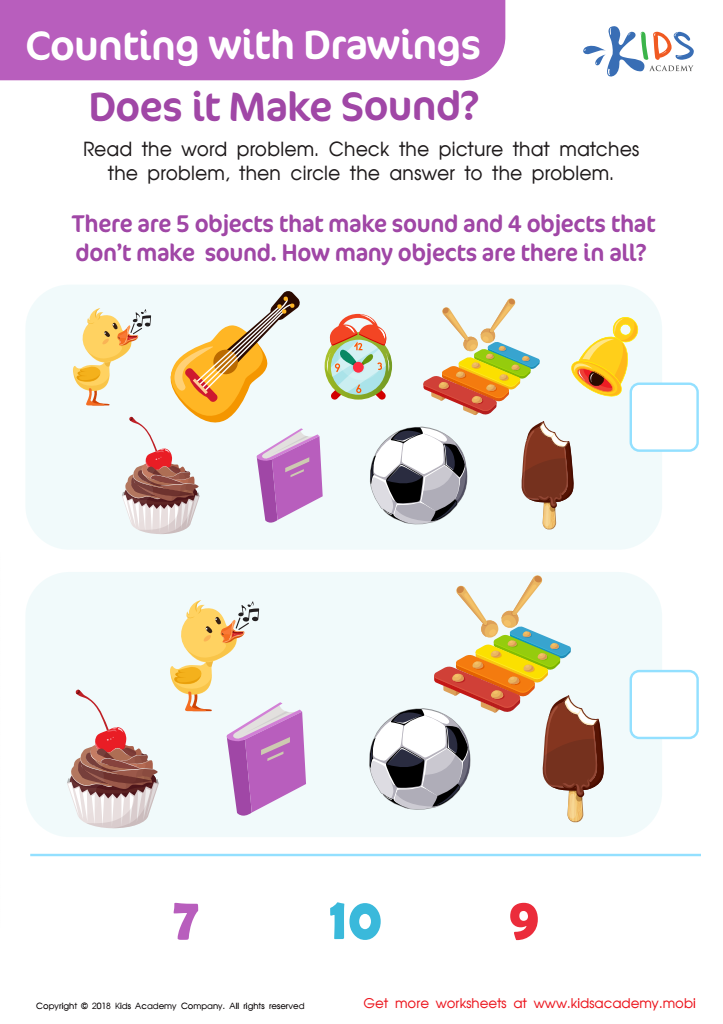

Counting With Drawings. Does It Make Sound? Worksheet
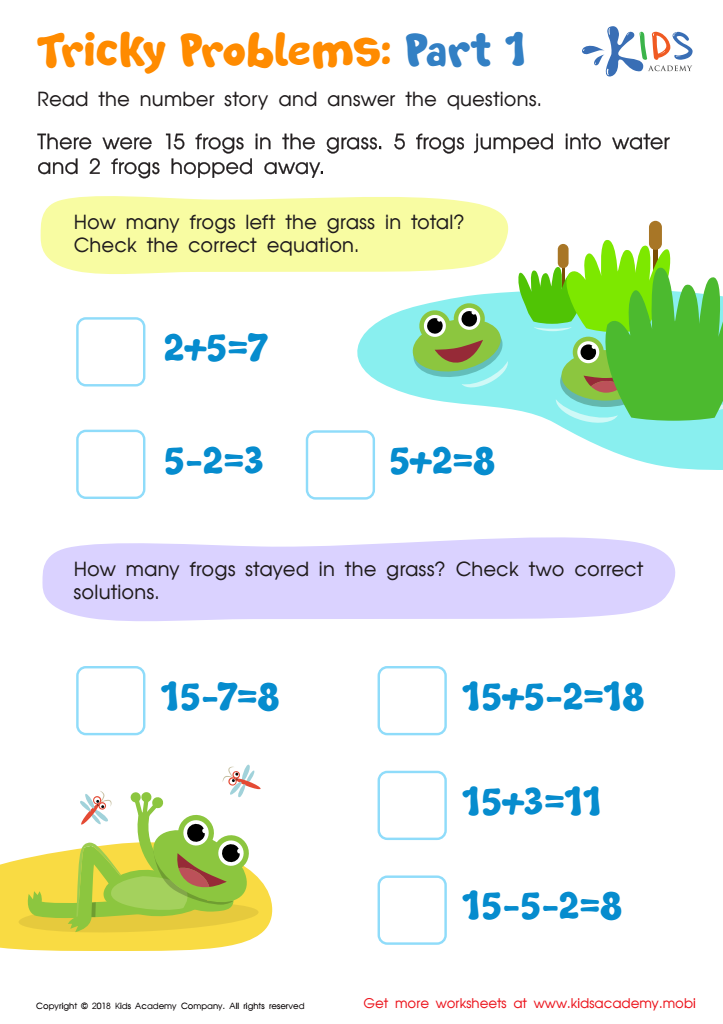

Tricky Problems Worksheet: Part 1
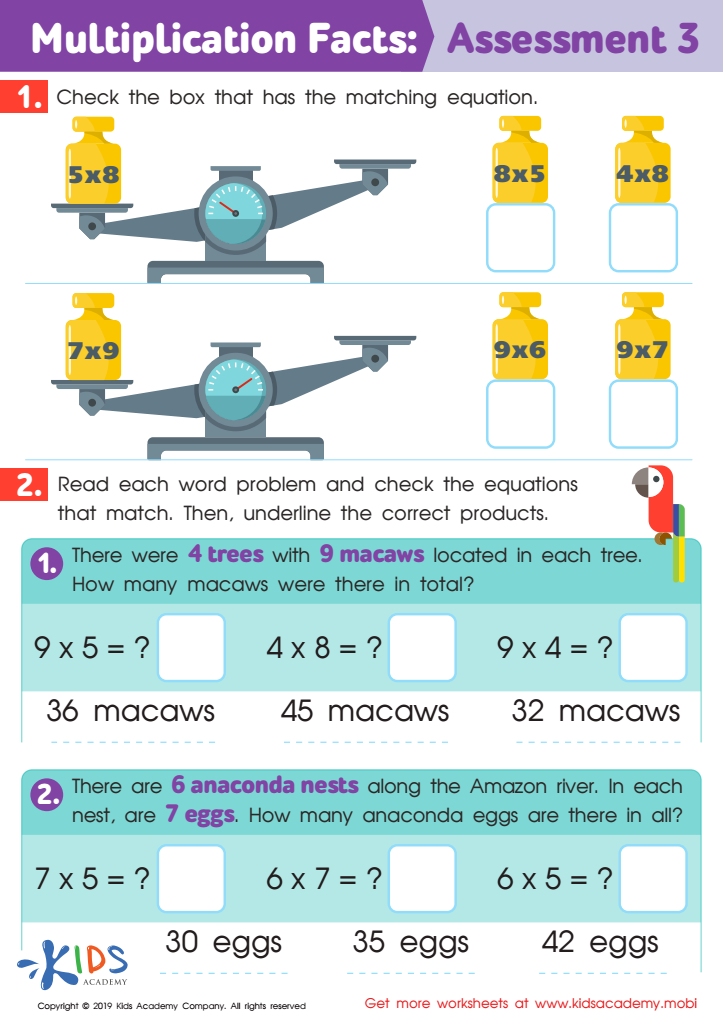

Multiplication Facts: Assessment 3 Worksheet
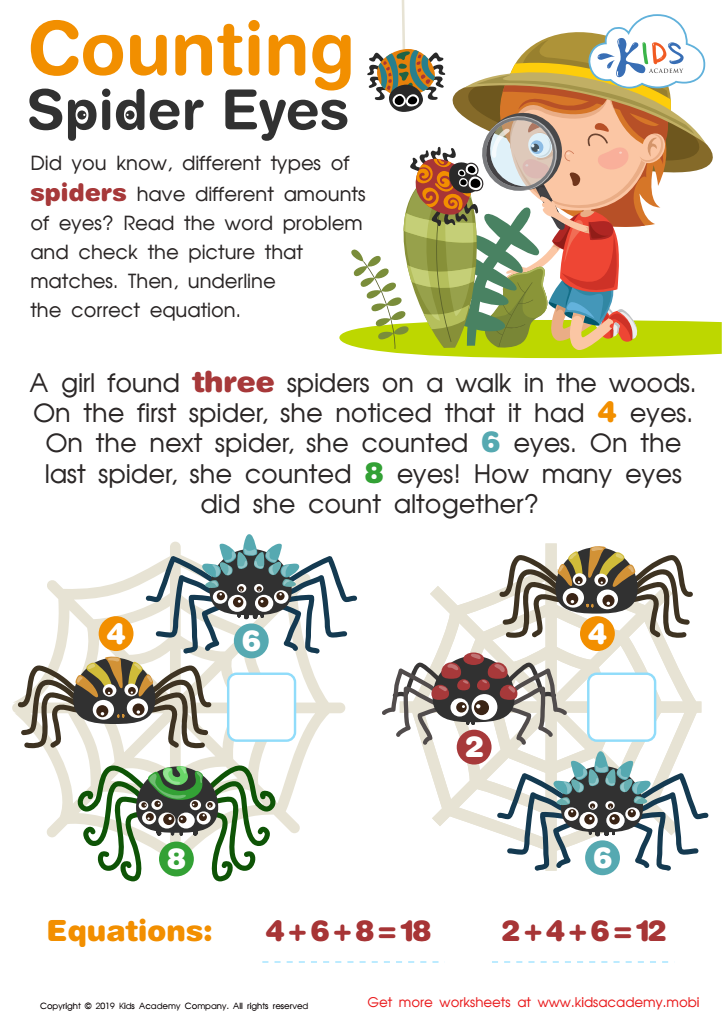

Counting Spider Eyes Worksheet
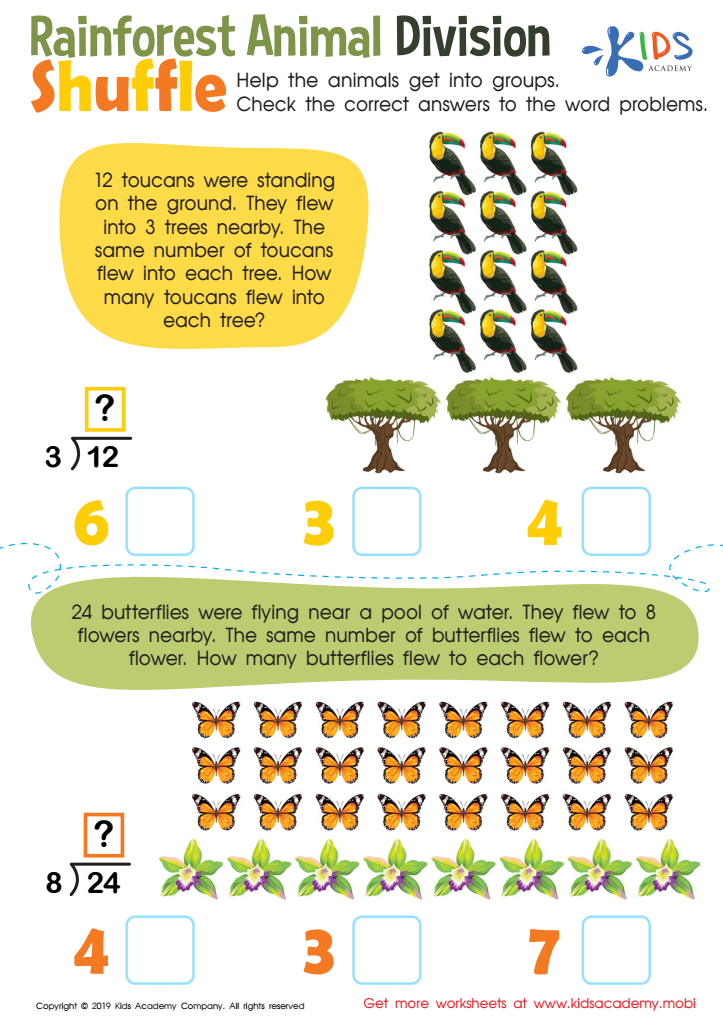

Rainforest Animal Division Worksheet


Enrichment -2 Step Word Problems Worksheet
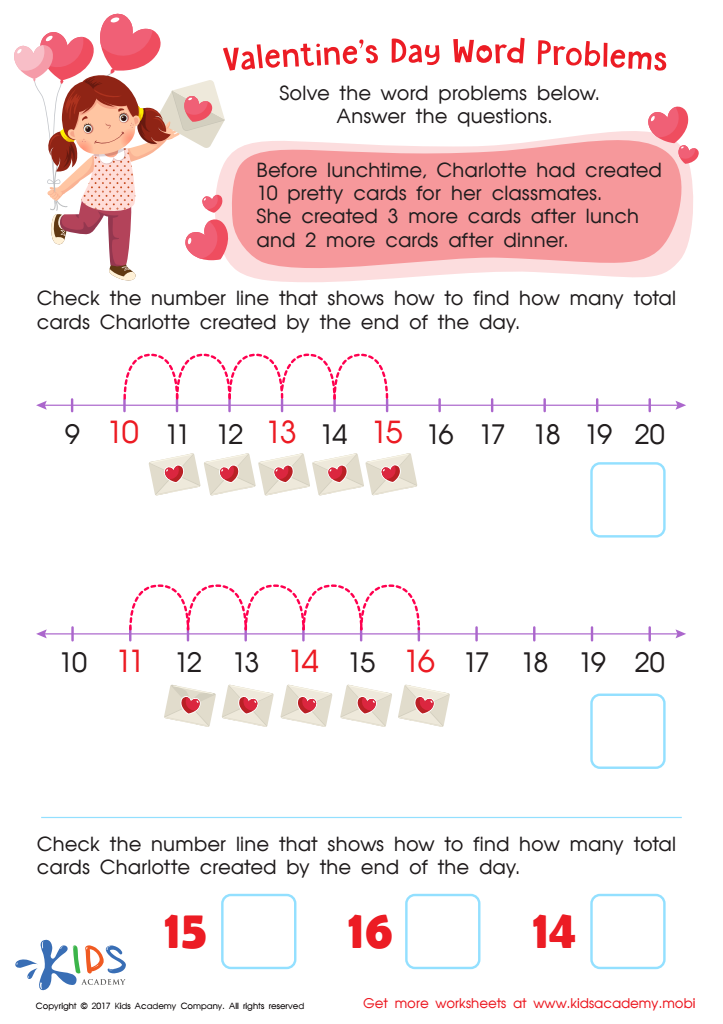

Valentines Day Word Problem Worksheet
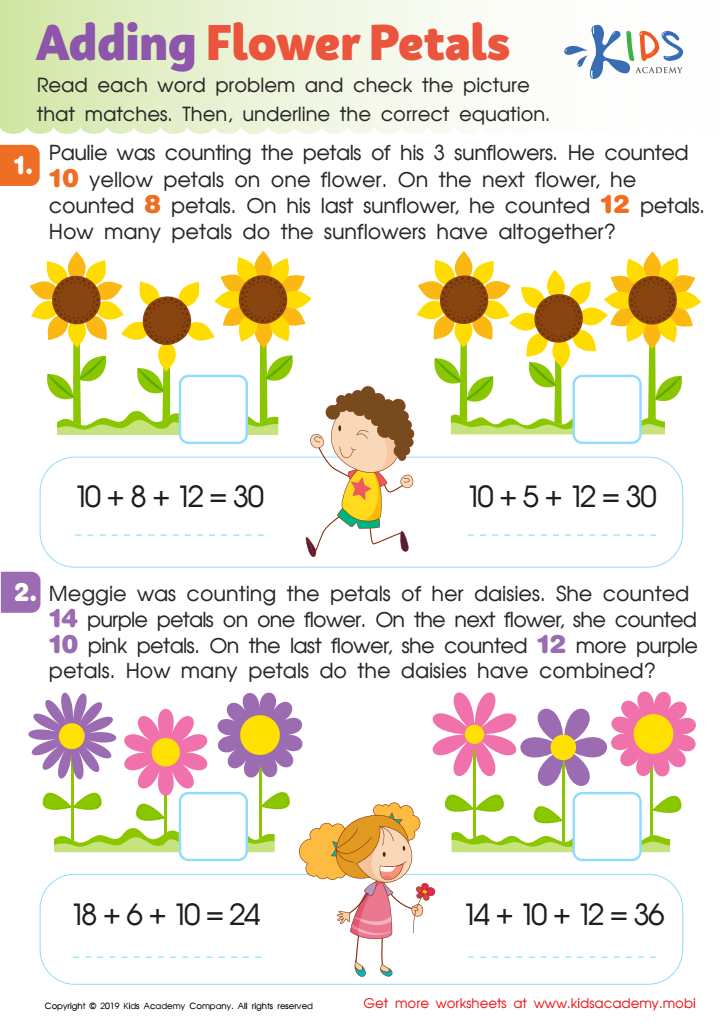

Adding Flower Petals Worksheet


Fruity Problem Solving Worksheet
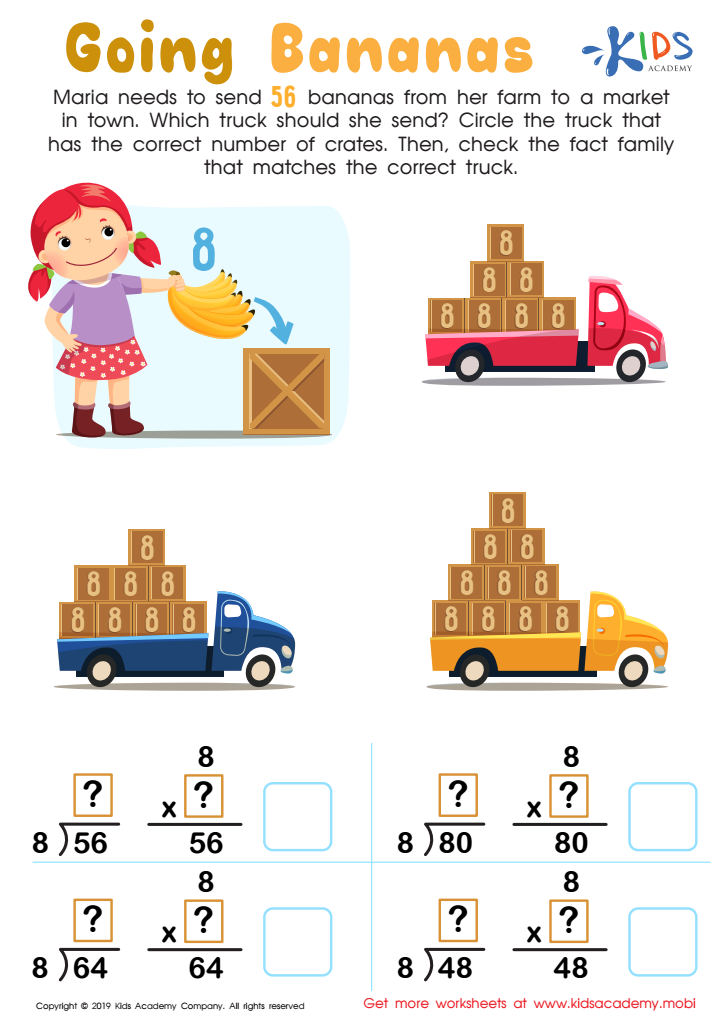

Going Bananas Worksheet
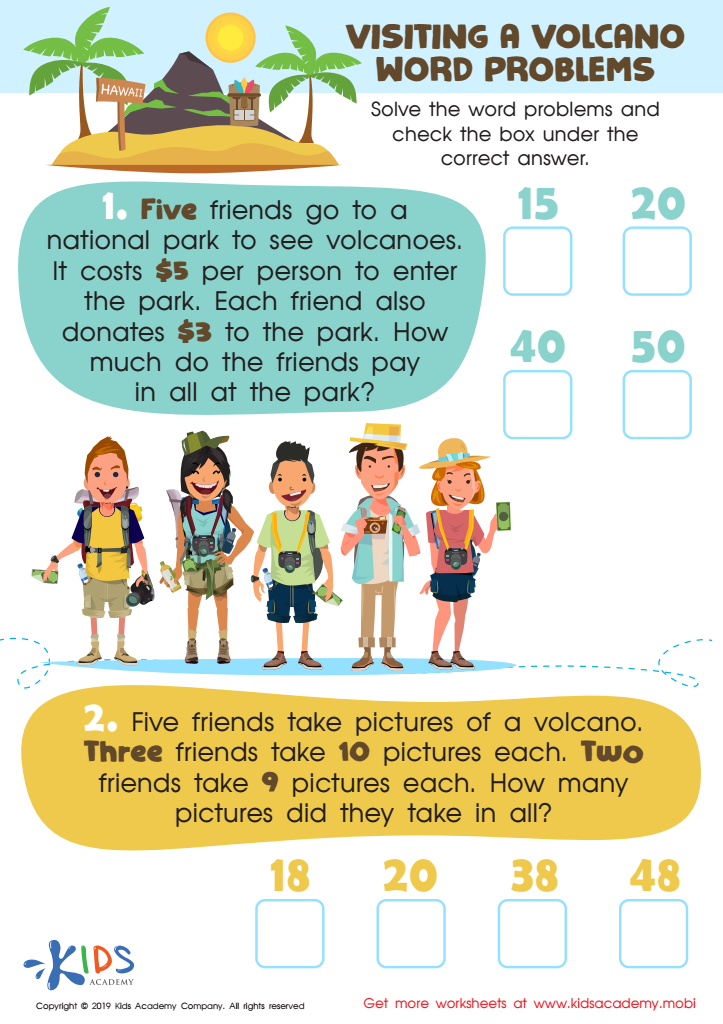

Visiting a Volcano Word Problems Worksheet


Garage Sale - More yhan Worksheet
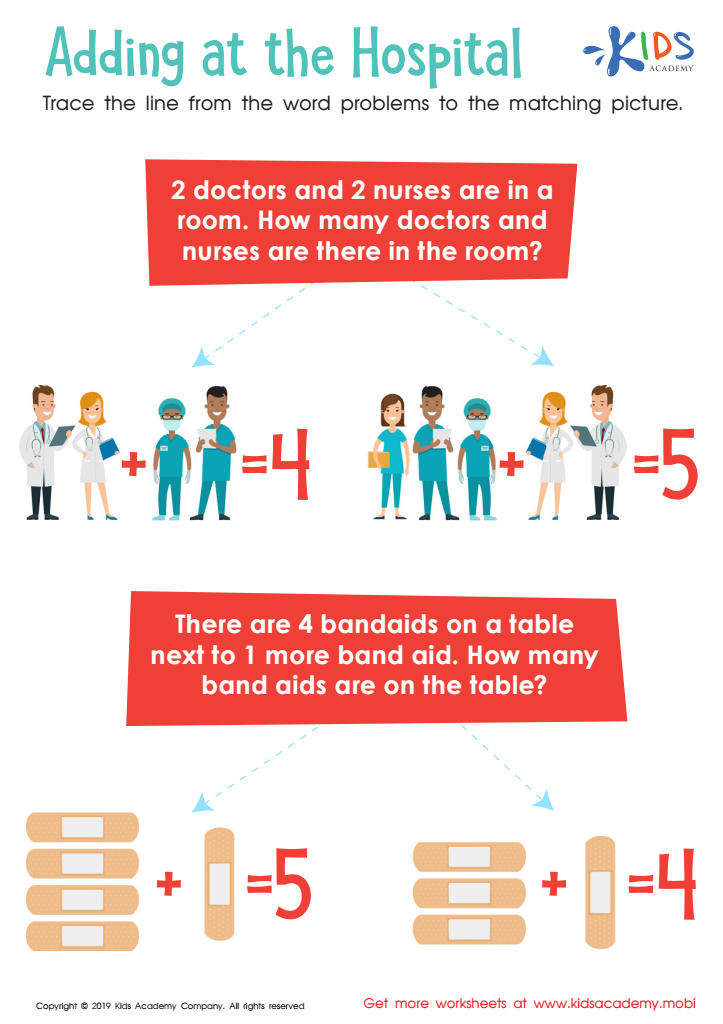

Adding at the Hospital Worksheet
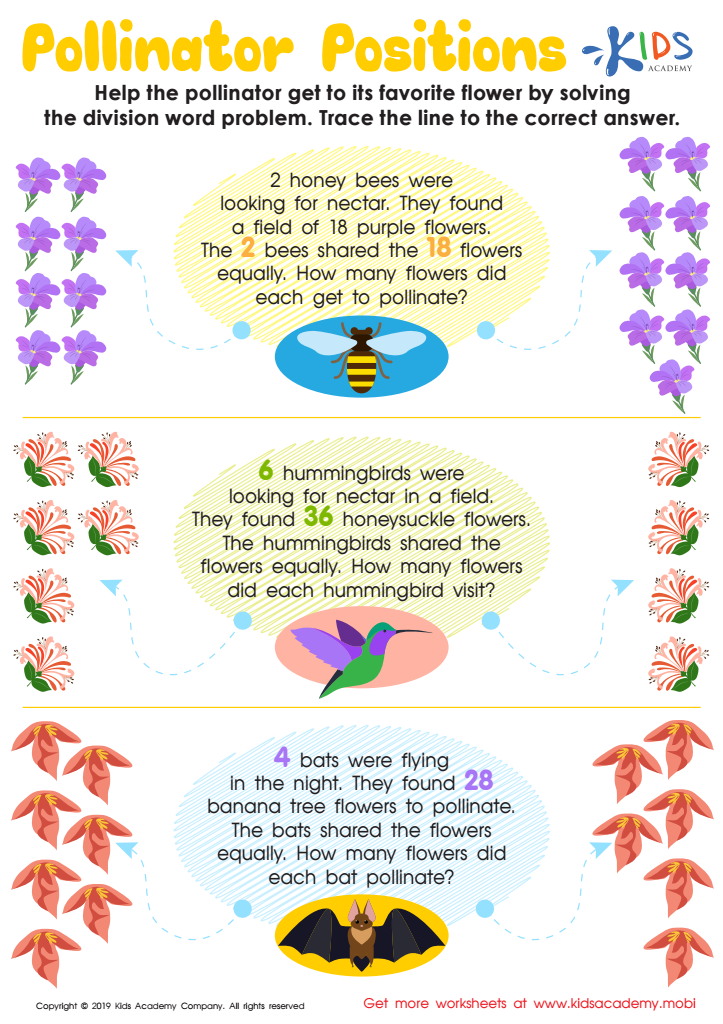

Pollinator Positions Worksheet
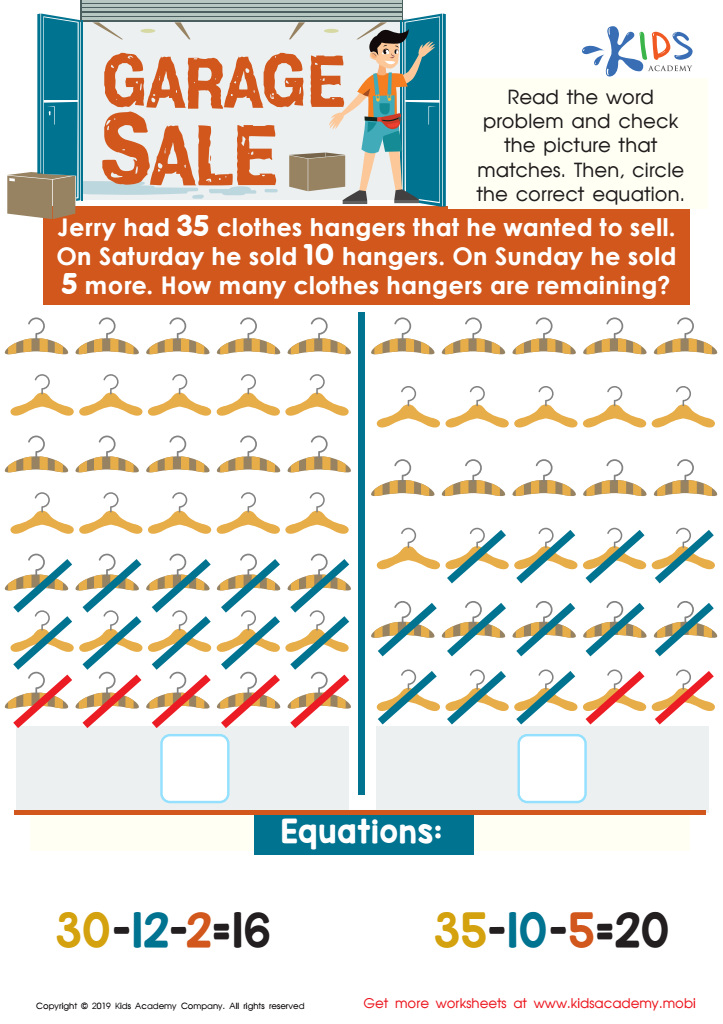

Garage Sale Worksheet
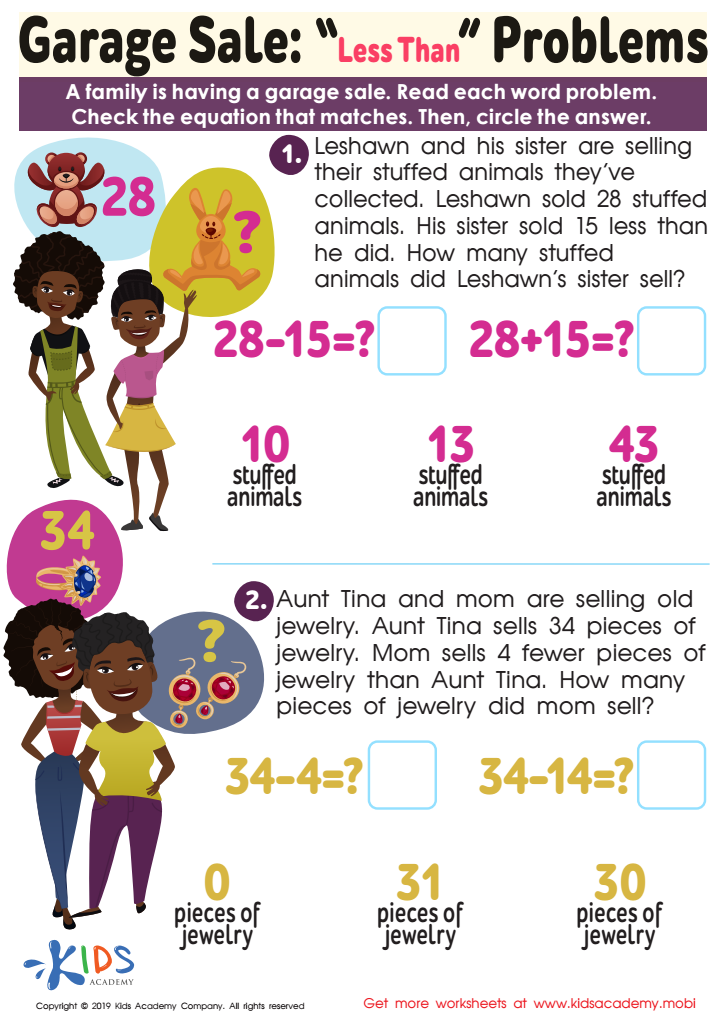

Garage Sale Less Than Worksheet
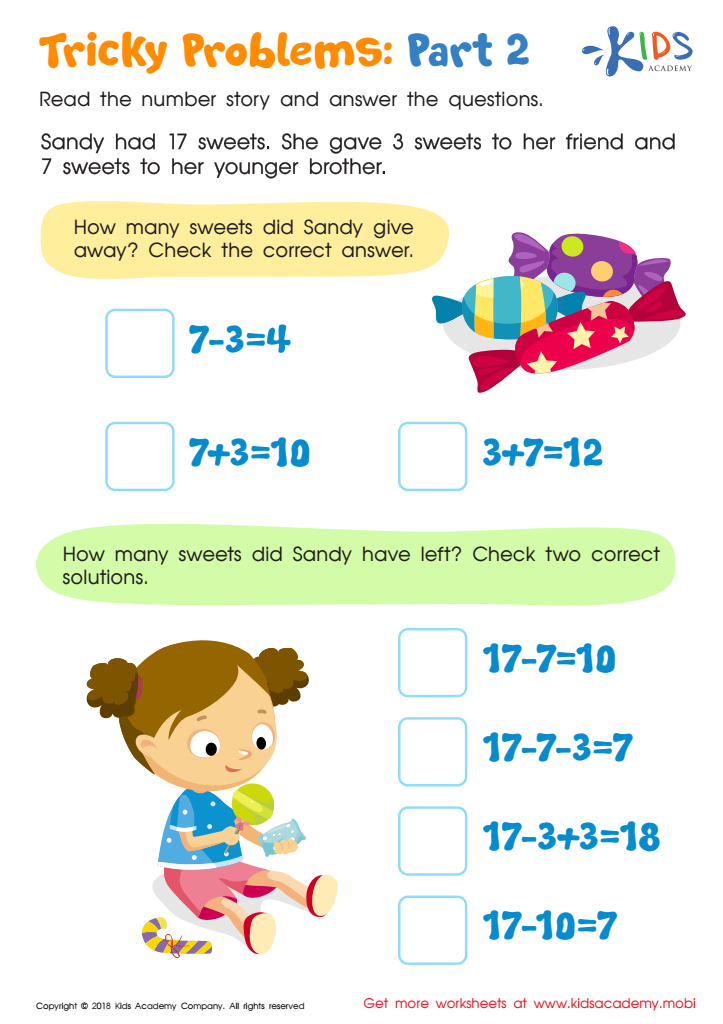

Tricky Problems Worksheet: Part 2
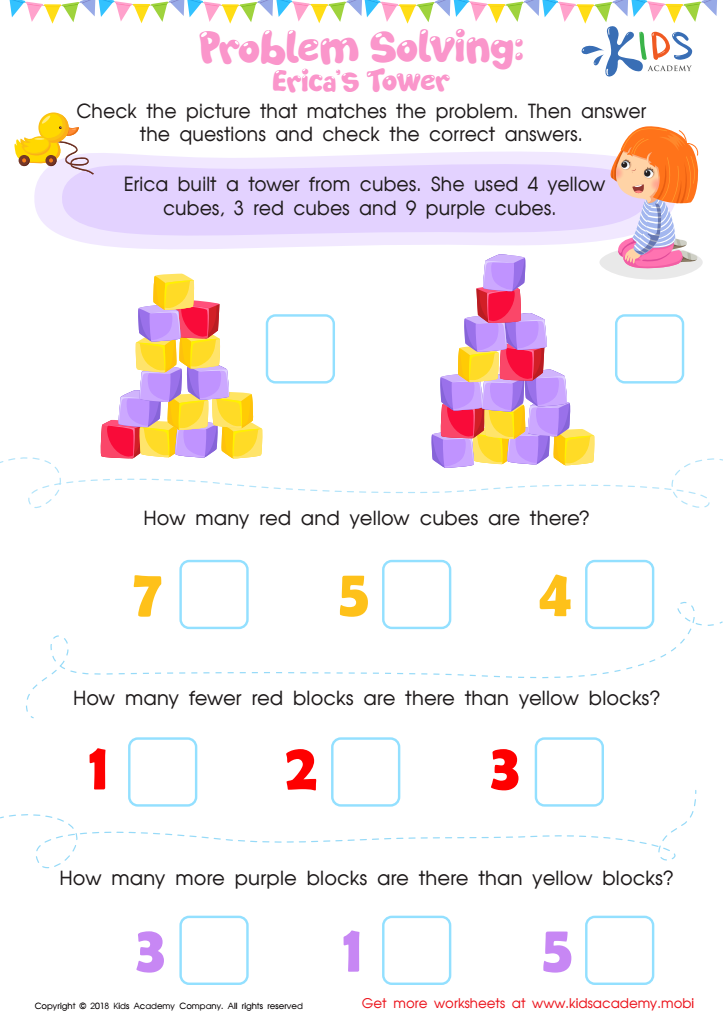

Problem Solving: Erica's Tower Worksheet
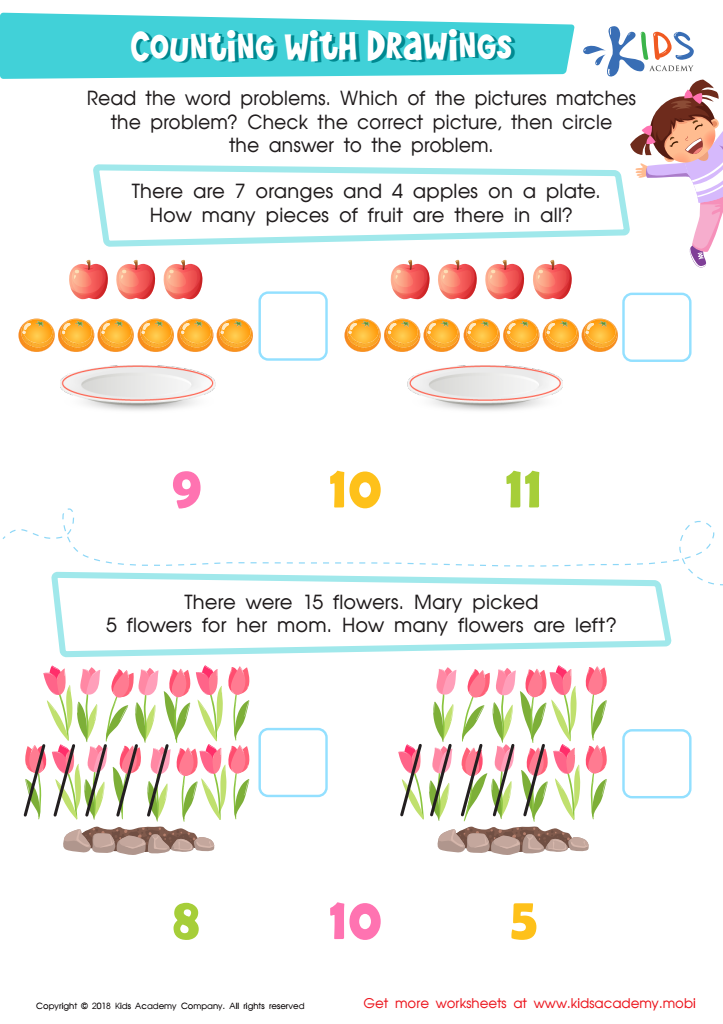

Counting with Drawings: Fruits & Chocolates Worksheet


Match the Word Problems Worksheet
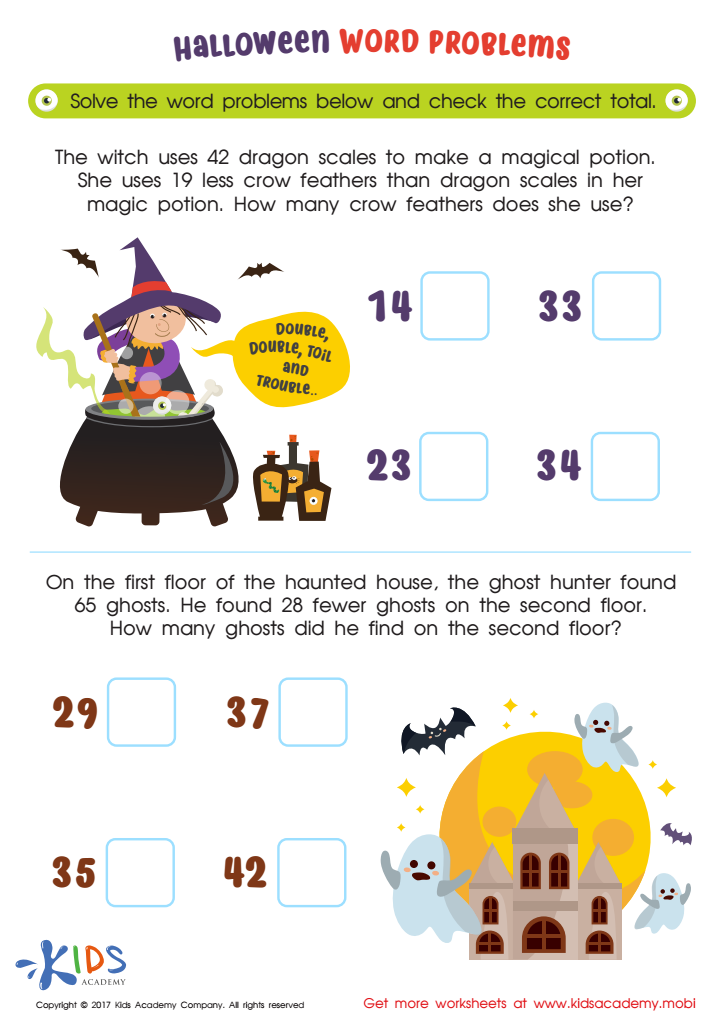

Halloween Word Problems Printable
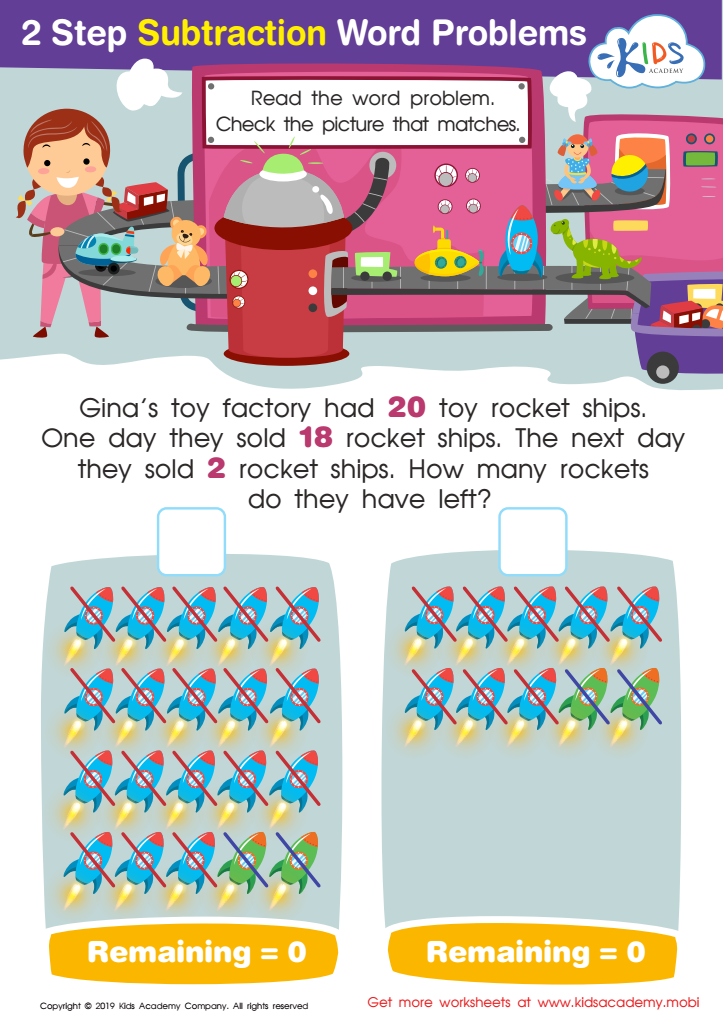

Step Subtraction Word Problems Worksheet
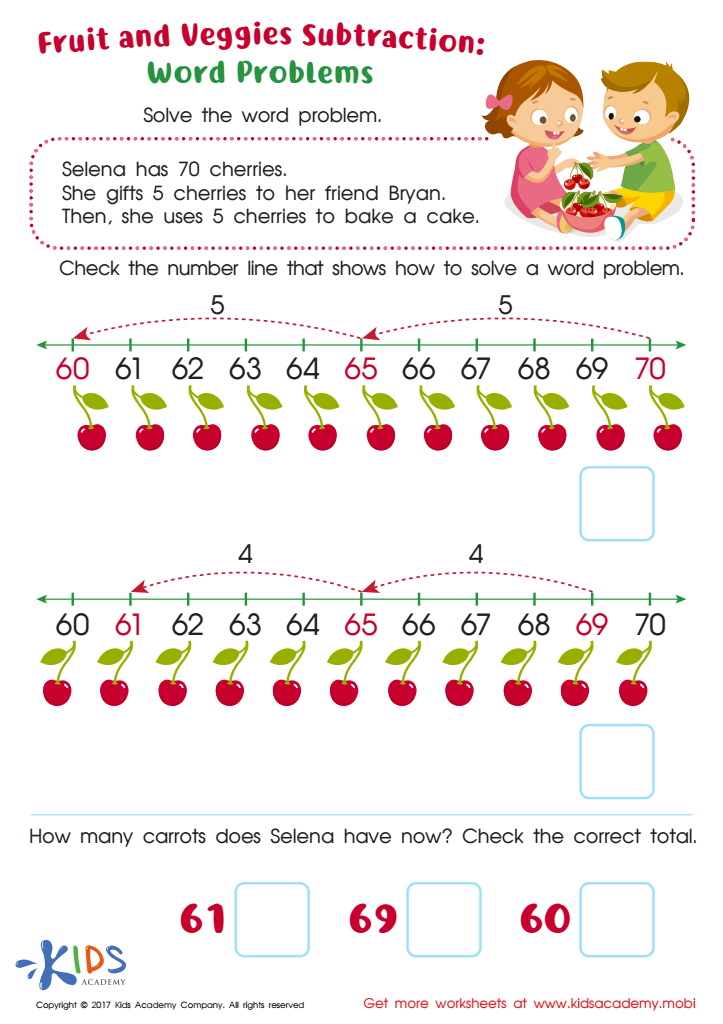

Subtraction Word Problems Free Printable
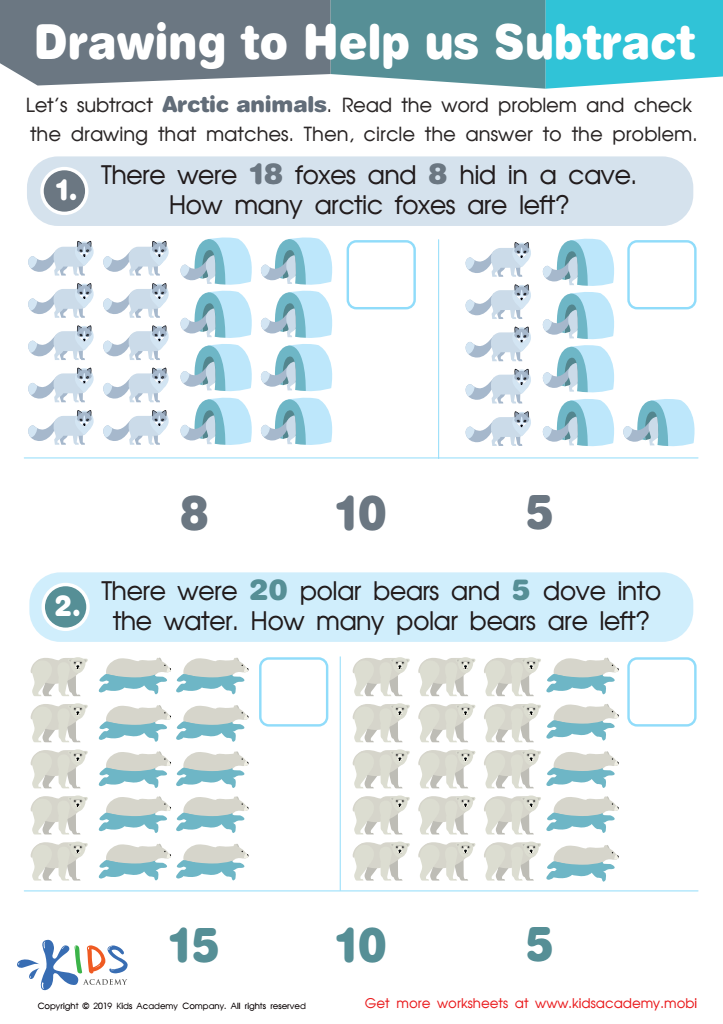

Drawing to Help Us Subtract Worksheet
Understanding the world of mathematics can be a fascinating journey for children, especially when they start at a young age. For children aged 3-4 years, grasping basic math concepts through traditional methods might not only be challenging but could also lack engagement. This is where normal worksheets on word problems, designed as learning interactive printables, become tremendously useful.
Firstly, learning interactive printables are designed to captivate the young minds of preschoolers. These worksheets incorporate colorful, engaging themes and characters that relate to the real world. As children of ages 3-4 have vivid imaginations and a natural inclination towards stories and visuals, word problems presented in a story format make learning not just fun but also more relatable. When these young learners see characters they like facing problems and solving them, they are more likely to be attentive and motivated to solve them as well.
Secondly, learning through interactive printables stimulates cognitive development in young children. At ages 3-4, children are developing critical thinking and reasoning skills. Normal worksheets on word problems encourage them to think and reason as they attempt to find solutions to problems. This type of early math exposure helps in nurturing problem-solving skills from a young age, which are essential for academic and real-life situations as they grow.
Moreover, incorporating worksheets in the daily learning routine of children helps in developing their concentration and focus. Learning interactive printables are designed with the right balance of complexity and interest to keep children engaged. This sustained engagement helps them in developing a longer attention span, which is crucial for all aspects of their academic journey.
These worksheets are also instrumental in improving language skills. Since word problems are essentially math problems presented in a narrative form, they require a certain level of comprehension skill to understand and interpret the problem correctly. This inadvertently boosts their language skills, as they need to read, understand, and process information, which is a multitasking challenge that fosters both linguistic and numerical skills.
Furthermore, the interactive nature of these printables means that they often encourage a tactile learning experience. Many learning interactive printables can be used alongside physical counters, number blocks, or other manipulatives that help children make sense of numbers and quantities in a very hands-on manner. This type of learning is especially effective for young children who are kinesthetic learners, who learn best by doing rather than just seeing or listening.
In addition, learning interactive printables can be incredibly versatile tools. They can be used in various settings – at home, in classrooms, or even during travel. This versatility ensures that learning doesn't have to stop when children are away from the traditional classroom environment. It allows parents and educators to integrate learning opportunities into various parts of a child's daily routine, fostering an environment of continuous learning.
Parents and educators can also use these worksheets to monitor the child’s progress. Each worksheet completed provides insight into what the child has learned and areas that might need more attention. This ongoing assessment helps in tailoring future tasks to better suit the child’s developmental needs, ensuring that each child gets a personalized learning experience.
Additionally, the interactive nature of these printables often involves puzzles or hidden elements that require discovery and exploration, which are great tactics to help maintain the curiosity of young learners. Curiosity leads to exploration, and exploration leads to discovery and learning. This cycle is crucial in maintaining an active and eager learning mindset among preschoolers.
Lastly, using learning interactive printables fosters an early love for mathematics. By integrating math problems within appealing stories and interactive elements, these worksheets demystify numbers and math operations, presenting them as part of fun challenges rather than standalone, daunting tasks. This positive early experience with math can lay a strong foundation for future academic pursuits in STEM fields and beyond.
In summary, normal worksheets on word problems made as learning interactive printables are an excellent tool for early childhood education. They engage children in a colorful and interactive manner, enhance cognitive and linguistic skills, support developmental needs, and foster a lifelong interest and confidence in mathematics. For children aged 3-4 years, these resources are not just learning tools but stepping stones to a brighter academic future.
 Assign to My Students
Assign to My Students







